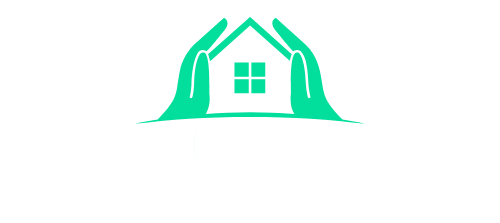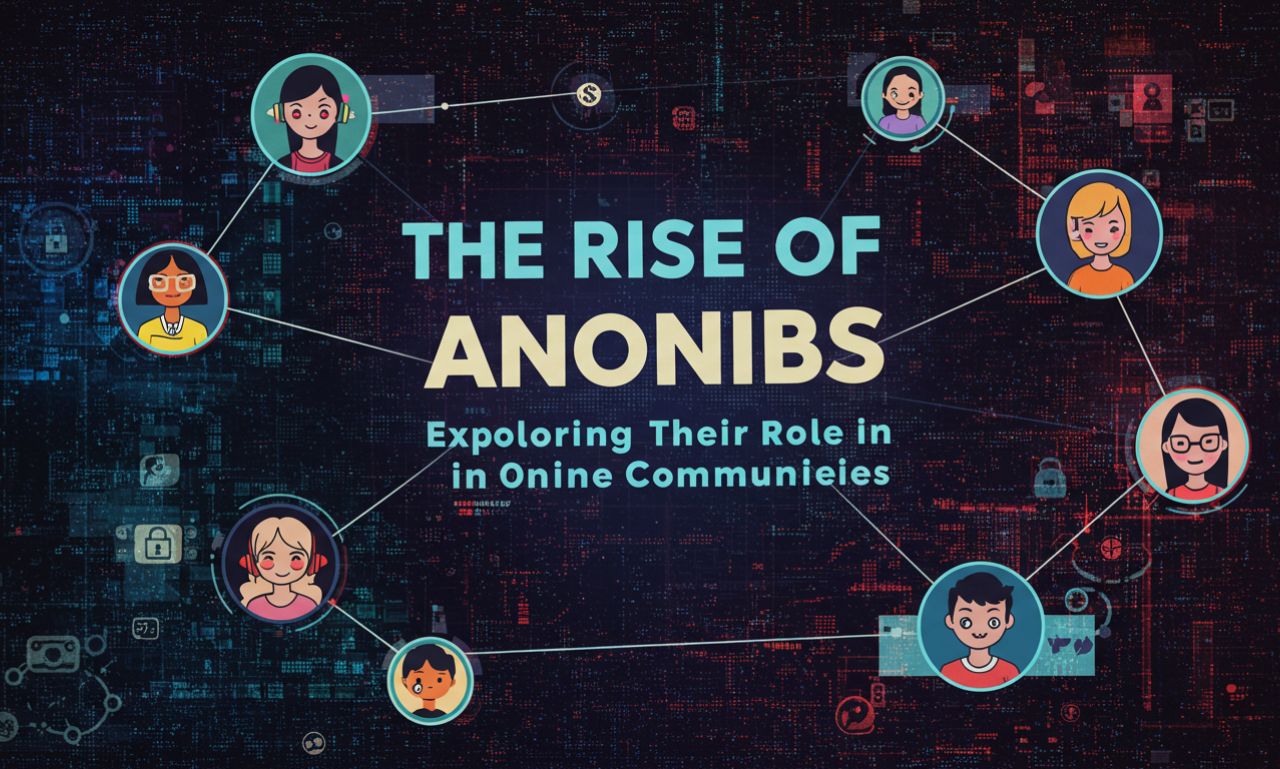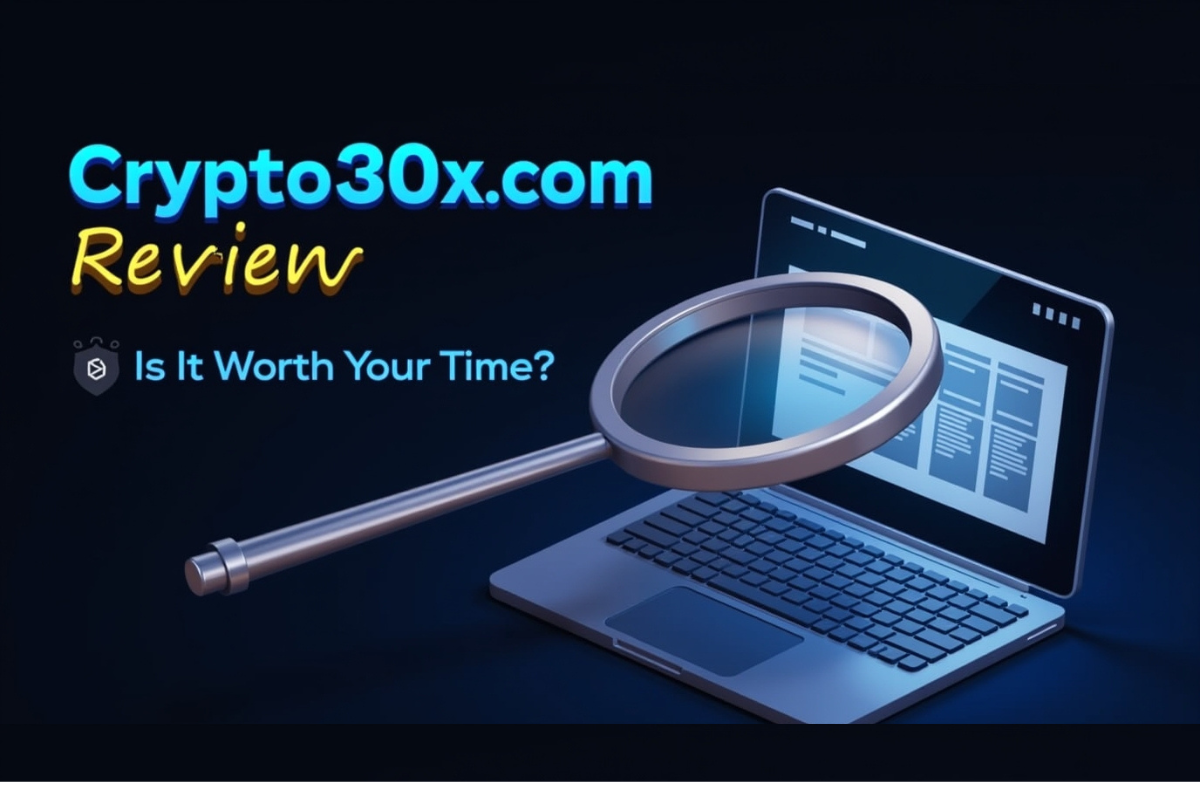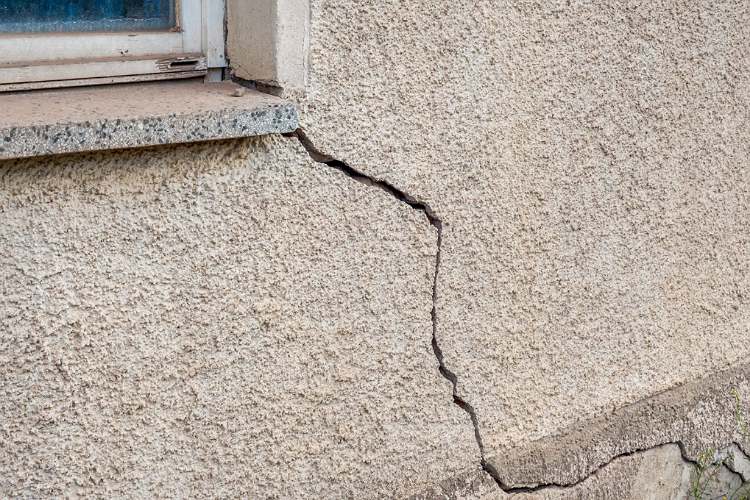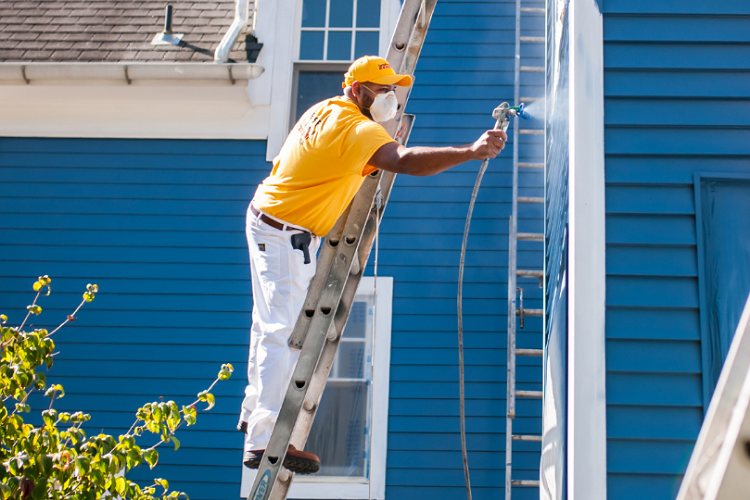Introduction
The rise of anonymous platforms has changed how people share and consume online content. One such name that often appears in internet discussions is AnonIBs. Known for being an anonymous image board, AnonIBs attracted users who wanted to post pictures or messages without revealing their identities. While anonymity may sound appealing, it also opens doors to privacy violations, misuse, and even legal trouble.
This article explores what AnonIBs is, how such platforms operate, why they gained popularity, and what risks come with them. We’ll also discuss online privacy, cyber laws, and ways to stay safe while browsing the web. The goal is to provide a complete, factual, and user-friendly explanation built around trust, expertise, and awareness. Whether you’ve heard about AnonIBs through social media or search engines, this guide will help you understand the real story behind anonymous image boards.
What Is AnonIBs?
The term AnonIBs stands for Anonymous Image Board. It describes a category of websites where users can upload, share, and discuss images anonymously. These sites allow posts without creating user accounts or providing personal details. Threads are usually organized by topic or region, creating online communities focused on sharing pictures and comments.
While many users initially joined such platforms for harmless discussions or creative image sharing, AnonIBs later became controversial. Some users began uploading private or explicit content without consent, turning these boards into risky environments. This raised serious questions about digital ethics, privacy, and legality.
In short, AnonIBs represents both the attraction and danger of online anonymity — where freedom of speech meets the challenge of accountability.
How Anonymous Image Boards Work
1. No Identity Required
Unlike mainstream platforms such as Facebook or Instagram, image boards like AnonIBs don’t ask for names, emails, or verification. Posts are assigned random IDs or numbers, making it difficult to trace the author. This anonymity is the main reason many people are drawn to these spaces.
2. Thread and Board System
These websites are divided into sections or “boards.” Each board focuses on a specific topic — from local discussions to adult content. Users can start new threads or reply with text and images. This structure gives a sense of organized chaos where discussions can move quickly and disappear just as fast.
3. Minimal Moderation
AnonIBs-style platforms are known for light or almost no moderation. While this supports free speech, it also makes them vulnerable to abuse. Without strict rules, users can post sensitive or harmful content with little oversight.
4. Temporary and Mirrored Domains
Because such sites often face bans or takedown requests, they may frequently change their web address (domain). When one version is blocked, a mirror or new site often appears, continuing the same activity.
5. Community Culture
AnonIBs communities developed their own slang and culture. Some users posted “wins” — images that gained attention — while others sought or shared personal photos. Unfortunately, this behavior led to several reports of harassment and privacy violations.
Why Do People Use AnonIBs?
1. Freedom and Privacy
For some, the biggest attraction is anonymity. People who feel restricted on social platforms enjoy expressing opinions or posting content without revealing who they are. It creates a sense of freedom — though often at the expense of responsibility.
2. Curiosity and Exploration
Many visit such sites out of curiosity. The idea of exploring hidden or uncensored corners of the internet can seem exciting, especially for those who feel mainstream media is too controlled.
3. Escaping Social Judgment
Users who fear criticism or rejection in real life sometimes turn to anonymous spaces. Here, they can discuss taboo or personal topics openly without fear of being identified.
4. Unfiltered Discussions
AnonIBs offered raw, unfiltered discussions where anyone could participate. For some, it felt more “real” than carefully curated social feeds.
However, the same qualities that attract users also create serious dangers — especially when anonymity turns into misuse.
The Dark Side of AnonIBs
1. Non-Consensual Image Sharing
One of the biggest problems linked to AnonIBs is the posting of private or intimate images without consent, often called revenge porn. Victims discovered personal photos shared publicly, causing emotional distress, embarrassment, and harassment.
2. Lack of Accountability
When everyone is anonymous, no one feels responsible. This leads to toxic behavior — bullying, exploitation, and illegal sharing. Tracking down offenders becomes extremely difficult, especially when servers operate across different countries.
3. Exposure to Harmful Content
Because moderation is minimal, users may come across violent, explicit, or illegal material. Viewing or downloading such images can also have serious legal consequences, depending on local laws.
4. Security Risks
Anonymous doesn’t mean safe. Many of these sites log user activity or store IP addresses secretly. Additionally, images often contain metadata — hidden information like camera type or location. Hackers can also use such platforms to spread malware or steal personal data.
5. Emotional and Social Damage
For victims, the impact can be devastating. The spread of private photos can destroy reputations, relationships, and mental health. Even innocent users can suffer emotional fatigue from exposure to harmful content.
Legal Issues and Investigations
Over the years, various law enforcement agencies have investigated AnonIBs-type platforms due to reports of nonconsensual image sharing and other illegal activities. Many domains have been taken down, yet new ones appear periodically.
In several countries, sharing private images without consent is now a criminal offense. Authorities continue to monitor such websites, but because they constantly change domains and operate internationally, complete removal is difficult.
Some countries have introduced revenge porn laws that allow victims to press charges or request content removal. Despite these measures, prevention remains the best defense: once private images are shared online, they can spread beyond control.
Are There Any Positive Aspects?
While the reputation of AnonIBs is mostly negative, the concept of anonymity itself is not inherently bad. When used responsibly, anonymous forums can support:
-
Free Expression: A safe outlet for whistleblowers, artists, or people in oppressive societies.
-
Privacy Protection: Users who fear surveillance can express ideas without revealing identity.
-
Creative Sharing: Some artists use anonymous boards to test or share work without pressure.
The issue arises not from anonymity itself, but from misuse and lack of regulation.
Staying Safe Online
If you ever come across or hear about platforms like AnonIBs, here are ways to protect yourself and others:
-
Never share personal or private photos online, even with people you trust. Once uploaded, they can be copied or leaked.
-
Avoid clicking on suspicious threads or images — they may contain malware or tracking software.
-
Use a VPN if you browse forums that claim anonymity, but remember it’s not a shield against illegal actions.
-
Remove metadata (EXIF data) from any photo before posting. This information can reveal your device or location.
-
Report harmful content to the proper authorities or platforms. Many regions have cybercrime units that investigate online abuse.
-
Educate others about privacy and digital ethics — awareness can prevent future harm.
Ethical Perspective: Freedom vs. Responsibility
The debate over AnonIBs brings up a key internet dilemma: how do we balance free speech with accountability? On one hand, anonymity allows people to share opinions and experiences without fear. On the other, it can be a tool for exploitation.
The solution lies in digital ethics — using technology responsibly while respecting others’ rights. Online freedom should never come at the cost of someone’s safety or dignity.
Communities, platforms, and users must all share responsibility for maintaining respectful digital spaces. Awareness, empathy, and self-control can make the difference between a safe community and a harmful one.
Read More: Crypto30x.com Review: Is It Really the Next Big Crypto
Conclusion
AnonIBs, once seen as a free space for expression, became a symbol of the dangers of unregulated anonymity. What started as an image-sharing board grew into a global concern involving privacy breaches and cybercrime. It reminds us that the internet, though vast and liberating, needs accountability and ethical awareness.
If you ever encounter similar anonymous platforms, treat them with caution. Avoid sharing private data or photos, and remember that online actions can have real-world consequences. Respecting others’ privacy and protecting your own are key to staying safe in a connected world. True digital freedom comes with responsibility — not exploitation.
FAQs
1. What is AnonIBs?
AnonIBs refers to an anonymous image board where users can post and share pictures without revealing their identity.
2. Is AnonIBs safe to use?
No, it poses major privacy, security, and legal risks. Many users have reported stolen or leaked photos appearing on similar boards.
3. Can you be traced on anonymous boards?
Yes. Even though names aren’t required, your IP address and other data can be tracked by authorities or hackers.
4. Is it illegal to post someone’s photos on such sites?
Yes. Uploading or sharing private photos without consent is illegal in many countries and punishable under revenge porn laws.
5. How can I protect myself from image leaks?
Avoid sharing sensitive pictures, use strong privacy settings, and educate yourself about online safety and responsible content sharing.
